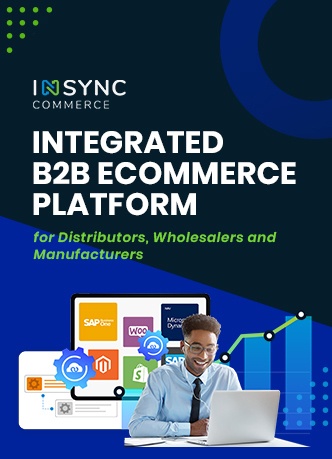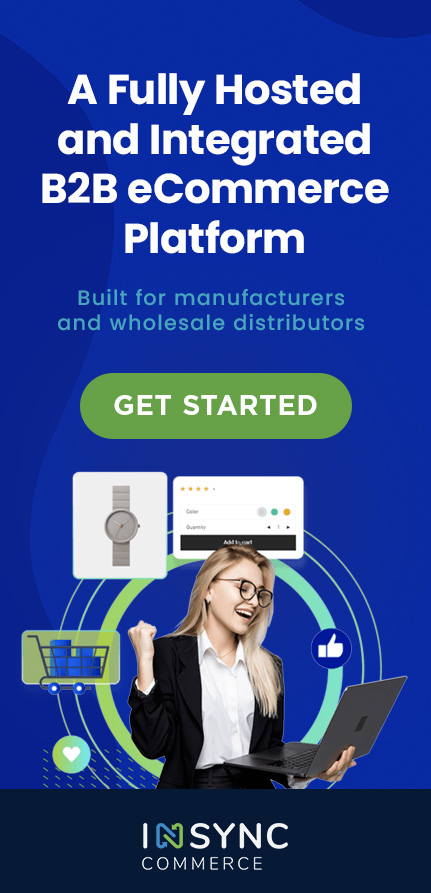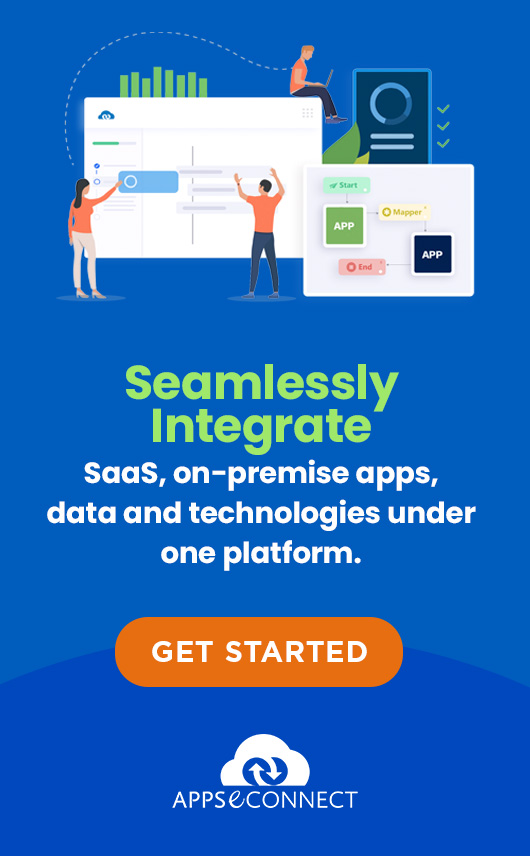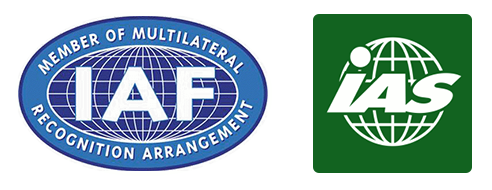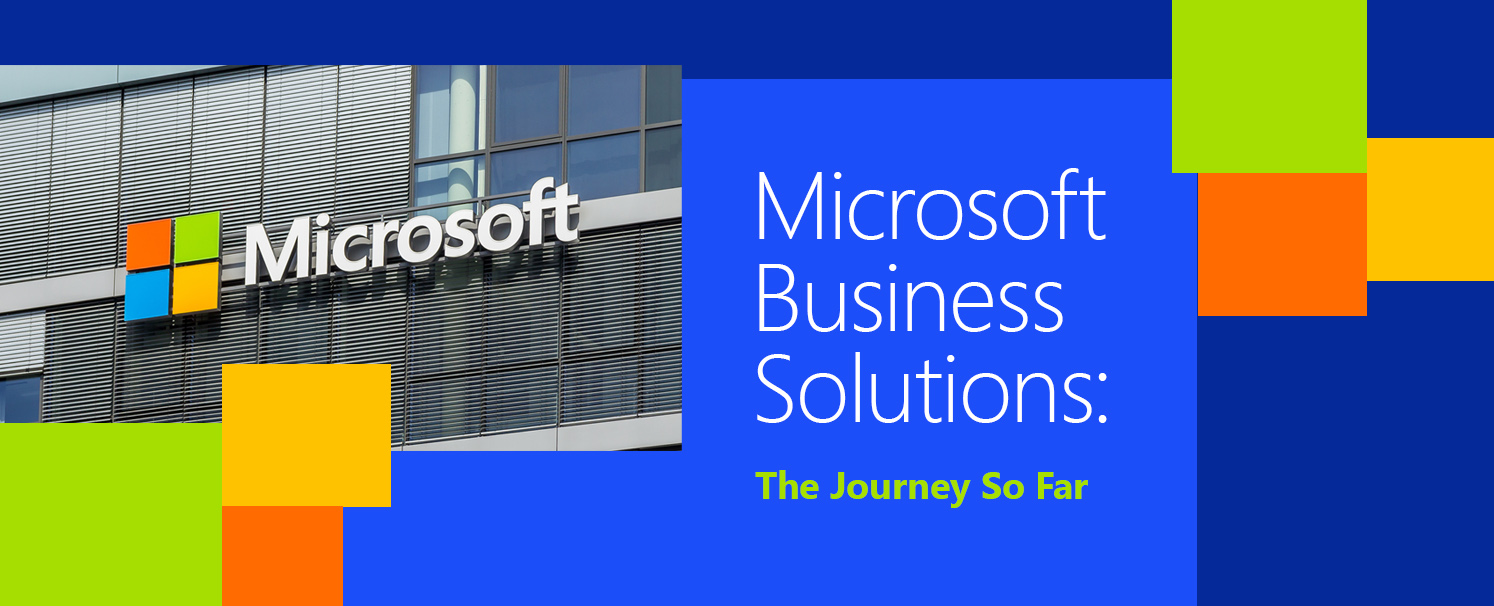
If you are working around Microsoft Business Applications in recent times, then it may be possible that you get often confused between the various solutions like NAV or Dynamics NAV, Dynamics CRM, Business Central, Dynamics 365, etc. This is normal, I was also confused before this research, which I am going to share with you. Please note, in this article, we will use business applications, business software, and business solution synonymously.
To start with, and go smooth in this demystifying journey, we should know a little about the History of Microsoft’s entry into the PC world! Then we will go through the History of Microsoft’s entry into the Business Application world! And then finally about Microsoft’s Dynamics 365! So, there will be 3 parts in this story, don’t miss any of these parts, or else you may be again in the same state as you were before coming to this article.
Part 1: History of Microsoft’s entry into the PC world!
At the very beginning, we started knowing Microsoft for the programming language BASIC (Beginners’ All-purpose Symbolic Instruction Code) and the operating system DOS (Disk Operating System) around the 1980s, about 4 decades ago. We are now in 2021.
So interpreters for computer programming language and the operating system for microcomputers were the foundation software products of Microsoft. These were text-based interfaces for the computers which revolutionized the personal computer, in short PC, world.
Then around the 1990s, about 3 decades ago, as we know, they came up with the popular OS Microsoft Windows and programming language like GW-BASIC with graphical user interfaces. At this time, along with the Programming and OS software, Microsoft started coming up with office software like MS Office as well. Many of us today, including me, started IT careers with these software pieces
Now the question is – besides the Programming, OS, and the Office software when the IT Industry started working on business software or applications too? Can you guess? I think it will be difficult for many of us to guess. The fact is the industry started working on business software even a long before the 1980s, which means a long before Microsoft came into existence. But those applications were not on micro-computers or not on PCs. Business software started moving to the PC world from the 1980s, where Microsoft also came into existence with some non-business software initially.
So, with which application Microsoft started their journey of business solution or enterprise solutions? Microsoft started its business application journey at a very later stage. Initially, they started with some acquired solutions around the year 2000 and lately with their own solution after a long struggle of around a decade, with those acquired solutions. So, what is that business solution which is purely indigenous to Microsoft? Yes! That is the interesting part to know. We’ll go through this brief history of business solutions at Microsoft in part two of this story.

Part 2: History of Microsoft’s entry into the Business Application world!
The story begins with the following business applications in the market contemporary to the history of Microsoft’s business applications’ journey.
- First, to mention, the Accounting software, Solomon in the 1980s by TLB, Inc., stands for The Lord’s Business. It was later bought out by Great Plains Software.
- In parallel, at the same time, means around the 1980s to 1990s Navision Financials Software was there from PC&C & IBM jointly in the market. It was later acquired by Damgaard Data.
- ERP software Dynamics Release 1.0 or Dynamics GP in 1993 was developed by Great Plains.
- From 1998 Axapta, a solution for financial, inventory, and production management, was developed by Damgaard Data.
So up to 2000, the following business software pieces were there in the market from various vendors-
- Solomon (an Accounting application) by TLB.
- Navision (a Financials application) by PC&C & IBM
- Dynamics (an ERP) by GP
- Axapta (almost an ERP) by Damgaard Data
Then the story begins eventually by 2002, where Microsoft acquired all these software solutions along with a few more similar solutions like iCommunicate. All these business solutions were brought under one umbrella of the Microsoft Business Solutions Division. It seemed suddenly that Microsoft became a business solution giant!

Among all these solutions, Microsoft rebranded and continued with Axapta, Navision, iCommunicate based CRM, and GP in the market. Besides, they had a goal to merge these individual solutions into one single shared codebase Business Solutions by the mid of 2000. And this venture was named Project Green.
Merging all the 4 to 5 Accounting, ERP, and CRM type solutions into one solution was not an easy job. Microsoft could only work on the interface overhauling to make them look alike with their office solutions. By the year 2006, Microsoft rebranded all the solutions with the word Dynamics to bring them all under one umbrella branding – Microsoft Dynamics. Then Navision became Dynamics NAV, Axapta became Dynamics AX, Great Plains became Dynamics GP, Solomon became Dynamics SL, and the iCommunicate based CRM became Dynamics CRM. It was a rebranding process, and we mostly get confused between these solutions and today’s Dynamics 365. And the fact is this Dynamics and today’s Dynamics are different, which we will know in the following sections.
By 2007 Project Green had failed, and Microsoft finally decided to have their own Dynamics platform with the “cloud-first, mobile-first” vision in mind. The journey started with Dynamics CRM. And this Dynamics became purely indigenous to Microsoft. And with this newly set vision, many of the said individual solutions also started getting their web versions too.
After 2010, with the huge focus on making solutions pure cloud-based, agile, and Office 365 cloud-integrated, Microsoft took a step further. And enhanced their Dynamics CRM to Dynamics 365, a next-generation unified business suite of CRM and ERP apps, integrated with their office solutions. Today Microsoft’s own Dynamics platform is no more a CRM solution only, now it has become an application platform for any business processes.
Part 3: About Microsoft’s Dynamics 365!
Although Microsoft’s Dynamics platform started with the tag CRM however they are no more limited to Sales, Service, and Marketing; they now have a cross-industry, cross-process platform. It is now with a universal, progressive interface, available everywhere wherever it is needed.
Dynamics started as a SaaS-only product, having only one deployment option. Later it expanded to three types of deployment options – first is cloud, second is on-premise, and the third one is a mixture of the two, known as a hybrid deployment.
The more exciting part is that D365 has AppSource now, which is an online destination for business add-ons, plugins, and extensions for D365. Here users can find add-on solutions from both Microsoft and its official partners. AppSource has now hundreds of apps related to various specific business needs by which you can extend D365’s capabilities without customizations and coding.

We all know that a system is only as good as the data contained within it, and garbage in, garbage out. Hence, it is very important that our CRM should contain valuable account (customer, partner, etc.) data. Now the acquisition of LinkedIn by Microsoft has brought the opportunity to connect CRM and LinkedIn well. Now the CRM data quality improvement can be automated or augmented using the huge data of LinkedIn’s millions of users.
This can be a very important message for the consultants and users of NAV, AX, GP, etc. as follows. With the success of cloud-based solutions, Microsoft has started planning the retirement of the said individual solutions gradually. For e.g. NAV 2018 will be the last version of NAV which is the Navision solution (if you can remember it from part 2 of this article), all future releases (both for on-premise or cloud-based versions) will be known as Dynamics 365 Business Central. And similar planning seems there for GP, AX, SL, for all.
With Dynamics 365 as a business application platform, the distinctions such as CRM and ERP will be left behind. Now businesses can either add applications from AppSource or AppStore or build them rapidly through configuration or customization. The systems can now easily be tailored specifically to their unique processes and needs. With the Common Data Service (CDS), PowerApps, PowerAutomate, Azure, etc. we can create enterprise solutions that are not limited to even Microsoft Dynamics 365.
Today Microsoft Dynamics 365 has modules like – Sales, Marketing, Customer Service, Remote Assist, Field Service, Project Operations, Human Resources, Finance, Supply Chain Management, Finance and Operations, Commerce, Intelligent Order Management, Connected Store, Customer Insights, Audience Insights, Engagement Insights, Fraud Protection, and many more.
Finally, now Microsoft Business Solutions can encompass all the Microsoft Software and Solutions for various business verticals or domains. This made it possible to offer custom-made or packaged solutions for specific industries like Automotive, Banking, Government, Telecommunications, Retail, Manufacturing, Health, Insurance, and whatnot! You can check out more at https://www.microsoft.com/en-in/industry.
So, this was a bit detailed evolution of Microsoft Business Solutions and demystifying the offerings around Microsoft Dynamics. This indicates that currently, we should focus on Dynamics 365 in short D365 for all the business solution-related offerings from Microsoft. You can check this out at https://dynamics.microsoft.com.
So, to summarise or conclude Microsoft’s Journey of Business Solutions we can note the following. Microsoft Azure like service for cloud being the backbone of Microsoft products and services in modern time, we can categorize the existing software products and services from Microsoft into majorly three categories for its end-users as follows-
- Windows 10 – the operating system
- Office 365 – the office solution
- Dynamics 365 – the business solution
And on top of everything, the beauty is that all these software pieces and solutions can be integrated to build any new solution for any industry.
Get started with your B2B eCommerce store and gain a competitive edge in the market! Also, connect all your business applications under one single platform to automate the business process!

We offer a smart Integration Platform as a Service (iPaaS) solution – APPSeCONNECT, which connects multiple applications together and streamlines complex business processes. We also provide integrated B2B eCommerce solutions – B2BeCONNECT for platforms like Magento, Shopify, WooCommerce, etc. to help organizations delight their business buyers with robust B2B features.



